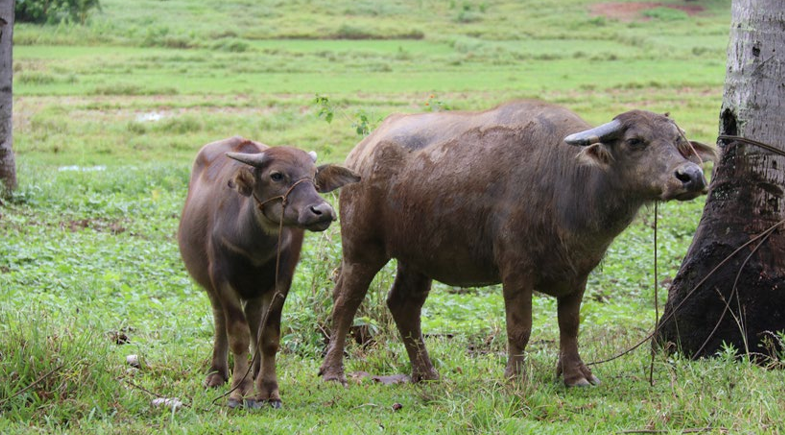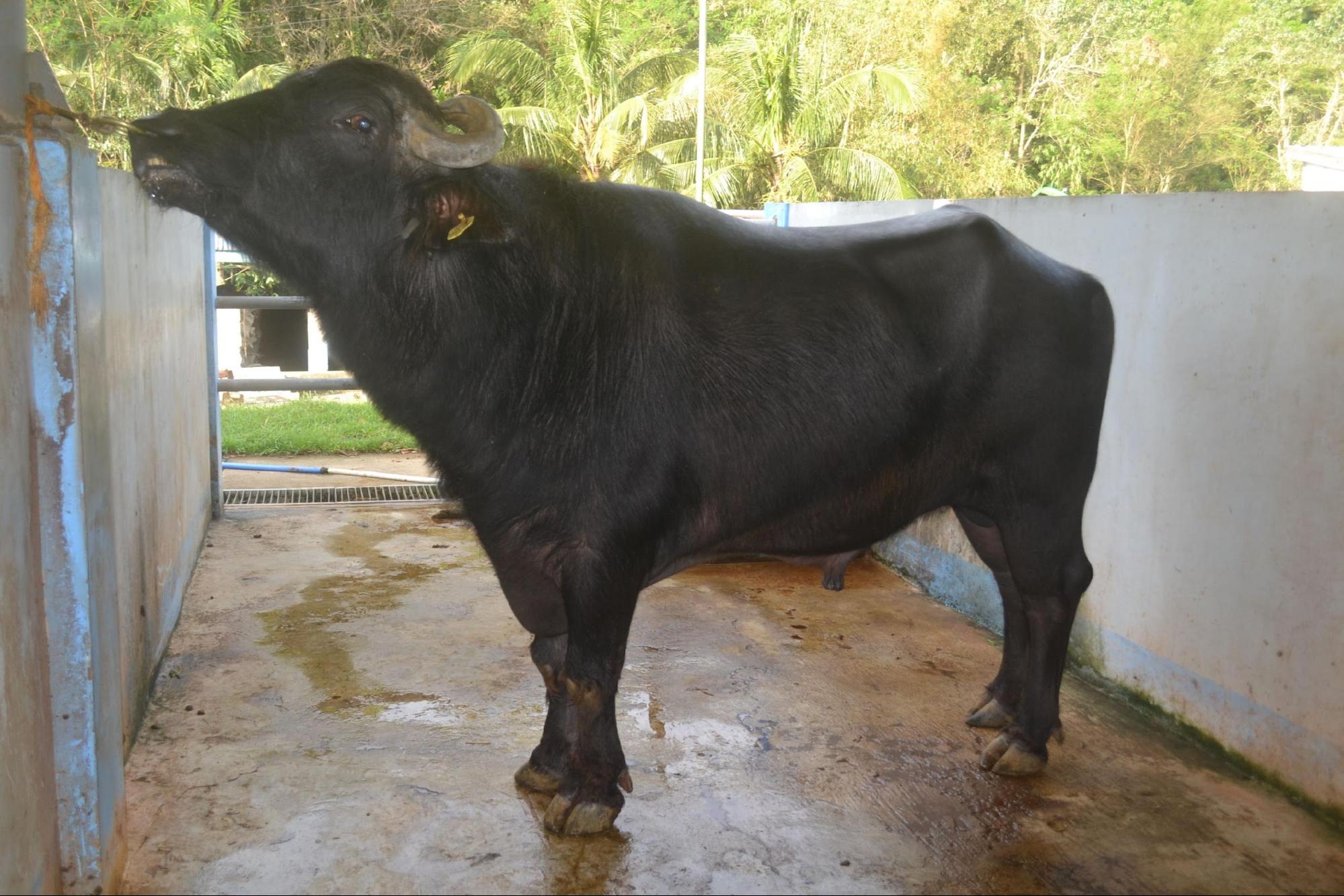PH has 2 buffalo species–UP scientists

Scientists from the University of the Philippines (UP) have confirmed that two domestic buffalo species in the country are distinct from one another.
The UP College of Science confirmed that these species are the swamp buffaloes (Bubalus bubalis carabanensis) and the riverine buffaloes (Bubalus bubalis bubalis).
According to the UP College of Science’s team of researchers, the primary role of swamp buffaloes is to assist farmers in land tilling and transporting tools, and, alternatively, used for meat, milk, hide, and manure, which is used as an organic fertilizer.
As for the river buffaloes, they are mainly used for milk production.
Crossbreeding and backcrossing the two buffalo breeds on a large scale in the Philippines will help create animals with improved potential for milk and meat production, despite their breed differences, according to the College of Science.
“Hybridization of swamp and river buffaloes has limited success, sometimes producing viable offspring that don’t achieve the desired traits,” it added.
Taxonomic designation
The research team from the College of Science conducted an investigation to clarify the taxonomic designation of swamp and riverine buffaloes in the country.
The team includes Dr. Ian Kendrich Fontanilla, Nelvie Fatima Jane Soliven, John Gregor Roño, Francis Fontanilla, Emerson Servo and Dr. Ernelea Cao, all from the UP’s Institute of Biology, and Dr. Lilian Villamor, Therese Patricka Cailipan, Alexander Paraguas and Aivhie Jhoy Cuanang, all from the Philippine Carabao Center.
For Villamor, the results of their investigation confirm the differences in the appearance of the two buffalo breeds.
Swamp buffaloes can be identified by their white or light gray markings on their lower jaw and brisket, or chevron, and their lighter skin and coat color compared to the river buffaloes.
Swamp buffaloes are also smaller with a weight of around 325 to 450 kilograms and have crescent-shaped horns, Villamor explained.
“They are mainly used as draught animals,” she added.
On the other hand, river buffaloes are larger and weigh between 450 and 1,000 kilograms. Their horns are curly and they are primarily used for milk and meat production.

The investigation also led researchers to reclassify the Philippine native carabao, which has a classification of Bubalus bubalis carabanensis.
According to them, the native carabao should now be considered as Bubalus kerabau Fitzinger, 1860, which they said supports the earlier assumptions of river and swamp buffaloes’ distinct differences.
The study was limited to examining the chromosomes of the swamp and riverine buffaloes, but for their future studies, the researchers are eyeing to include chromosomes from the crossbred buffaloes to gain new insights into how they are genetically related and to potentially improve their classifications.





















